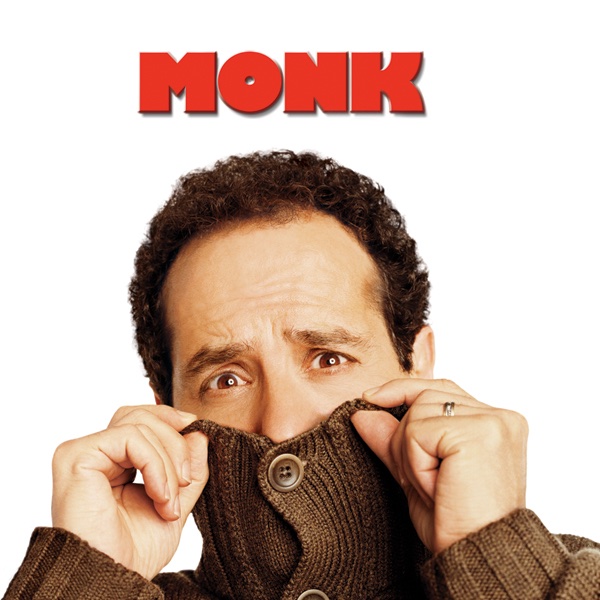
The series Monk is based
on Adrian Monk, a consultant for the San Francisco Police Department, who has
the uncanny ability to put together the most unnoticed of clues to solve a
crime in every episode. Besides his impressive deduction skills, his most noticeable
characteristic is his obsessive-compulsive behaviour. Adrian Monk has 312
phobias, ranging from ladybugs to harmonicas. He has a whole host of compulsive
behaviours, such as an intense compulsion to touch and count every single parking
meter he crosses, to needing a tissue to clean his hands every time he is
offered a handshake (the person offering rarely takes this well), to needing
everything to be spotlessly clean. Nevertheless, his obsessive nature makes him
highly attentive to detail, and allows him to draw relationships in places others
overlook. His colleagues who initially dub him the defective detective slowly grow to respect him as he solves case
after case for ten seasons.
The main problem with
Monk is how Adrian’s OCD is used as a device in the show. His compulsive behaviour
is a constantly used as comic trope, and allows for the viewers to laugh at
what is in reality a debilitating disorder. Secondly the show rarely shows instances
of what it truly means to suffer from OCD, the misery and encumbering nature it
can take up when it is at its worst. In an entire eight seasons, Adrian Monk talks
about it once when he tells his therapist, “I’m so tired of being me, look
at me! I’m helpless, I’m pathetic, I’m not even a man, I’m a broken
machine.” Thirdly his OCD consists of cliched symptoms such as his fear
of germs, and his need to count and clean objects. In reality, OCD consists of
a wide variety of obsessions and compulsions, but the typical portrayal of it
in the media leads to the general public not understanding the full scope of
how the disorder can affect people. Lastly, Adrian does not seem to gain even the
slightest bit of control over his OCD, even through consistent therapy over the
years, and even after he changes therapists- a very unlikely scenario in real
life. In the end, Adrian has barely gained control over one of his 312 phobias,
claustrophobia. Even more strangely, in one particular episode where Adrian
tries medication to help his OCD he turns overnight into a changed man. He loses
all his OCD symptoms but loses his extraordinary crime-solving abilities as
well. The medication appears to have addled his brain, and he loses a part of
his personality, enabling the general stigma around taking medication for
mental disorders.
Despite all of this, it
appears certain organisations have stood by the show. The Anxiety Disorders
Association of America released a statement saying they appreciated the efforts
put into the show as it helped increase awareness of Obsessive-Compulsive Disorder.
(North,2008) The organisation also released a PSA with the actor depicting
Adrian Monk, Tony Shalhoub. (OCD PSA)The question is why? Even after all
the problems with the show, the character of Adrian Monk is compassionate and
lovable. Those around him, even though are often irritated by his many
compulsions, care for him and respect him, and see him as much more than his
disorder. They see him for the genius he is. His mental illness does not reduce
the fact that he is the show’s hero. The show humanises the character.
This may
cause the problem of normalising (or rather, trivialising) the disorder, and
people may end up seeing this not as a serious mental health condition but
rather a personality trait.
There is a thin line
between sensationalisation and trivialisation of something like this, but
perhaps it is a line many organisations are willing to tread, when awareness is
the goal. Monk may not be a truly accurate representation of OCD, but to people
who know absolutely nothing about it, it might act as a starting point.
References:
North, G. (2008, September 04). Orgs praise 'Monk's' depiction of OCD.
Retrieved December 2, 2018, from https://variety.com/2008/scene/features/orgs-praise-monk-s-depiction-of-ocd-1117991603/
OCD PSA With "Monk" Star Tony Shalhoub. (n.d.). Retrieved
December 2, 2018, from https://adaa.org/about-adaa/press-room/multimedia/ocd-psa-monk-star-tony-shalhoub
Zisk, R.(Director). (2002). Monk [Television
series].
Comments
Post a Comment